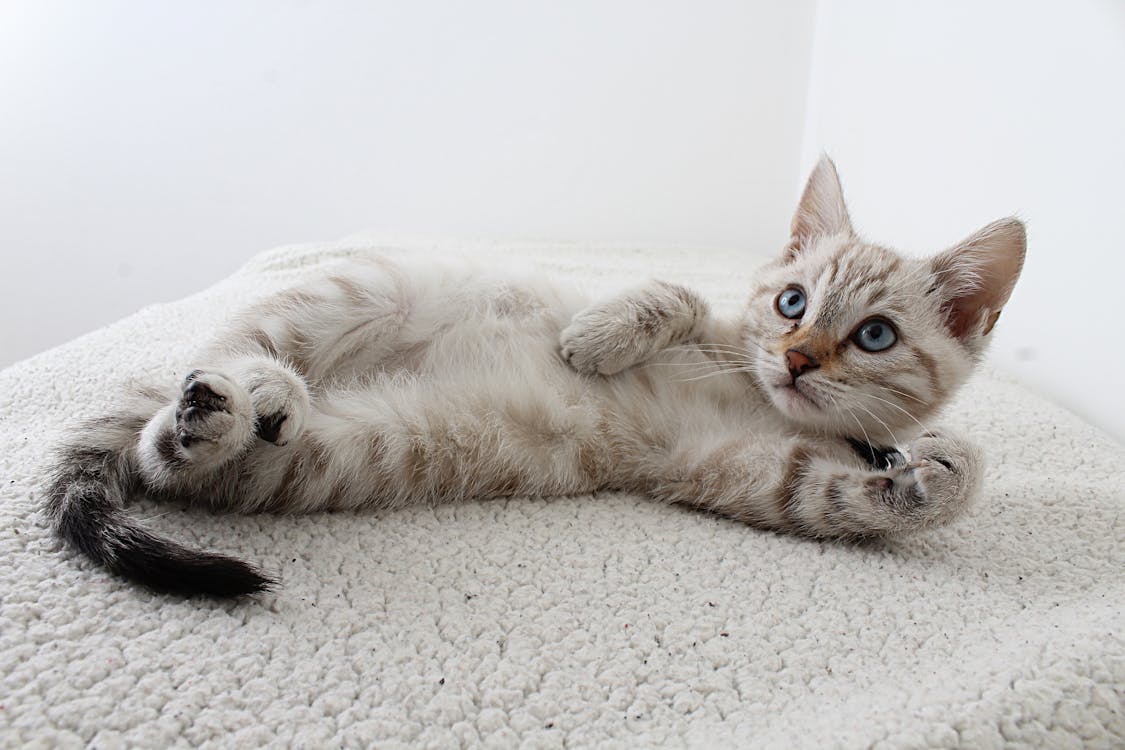The Complete Guide to Cat Health: Preventive Care, Common Illnesses, and Lifelong Wellnes

Cats are known for their independence, elegance, and resilience—but like any living being, they require dedicated healthcare to thrive. From kittenhood to their senior years, cats benefit from consistent preventive care, a balanced diet, mental stimulation, and regular veterinary attention. This comprehensive guide explores the key aspects of feline health, helping cat owners make informed decisions to ensure a long, happy, and healthy life for their companions.
1. Understanding Feline Health Basics
Cat health encompasses both physical and mental well-being. While cats may appear self-sufficient, they are masters at hiding pain and illness. It is crucial for cat owners to pay close attention to subtle changes in behavior, appetite, grooming, or litter box habits.
Healthy cats should have:
- Clear eyes and ears
- A shiny, well-maintained coat
- Steady appetite and water intake
- Normal energy levels
- Regular litter box use without signs of pain or distress
Any deviation from these norms may signal an underlying issue requiring attention.
2. Preventive Veterinary Care
Routine veterinary visits are the cornerstone of cat health. Cats should visit the vet at least once a year for a general wellness exam, and more frequently for seniors or cats with chronic conditions.
Key Components of Preventive Care:
- Vaccinations: Core vaccines protect against common and dangerous diseases like rabies, feline herpesvirus, calicivirus, and panleukopenia. Non-core vaccines, such as feline leukemia virus (FeLV), are recommended based on lifestyle.
- Parasite Control: Even indoor cats are at risk of fleas, ticks, and intestinal worms. Regular preventive medications help avoid infestations and the illnesses they cause.
- Dental Exams: Dental disease is extremely common in cats over the age of three. Annual dental checkups and cleanings help prevent pain, infections, and systemic health issues.
- Weight Monitoring: Obesity is one of the most common and preventable health issues in cats. Routine weight checks help identify early trends and allow for timely dietary or lifestyle adjustments.
- Spaying/Neutering: Beyond preventing unwanted litters, these procedures reduce the risk of reproductive cancers and minimize behaviors such as roaming or spraying.
3. Common Cat Health Problems
Even with the best care, cats can develop various health conditions. Being informed about the most common illnesses allows for earlier recognition and treatment.
Urinary Tract Diseases
Feline lower urinary tract disease (FLUTD) is a term for several conditions affecting the bladder and urethra. Symptoms include frequent urination, straining, blood in urine, or urinating outside the litter box. Males are at particular risk for life-threatening urethral blockages. Prompt veterinary care is essential.
Dental Disease
Gingivitis, periodontal disease, and tooth resorption are widespread among adult cats. Symptoms include bad breath, drooling, difficulty eating, and pawing at the mouth. Regular dental exams and at-home dental care are vital.
Kidney Disease
Chronic kidney disease (CKD) is especially common in older cats. Signs include increased thirst and urination, weight loss, vomiting, and poor coat condition. While not curable, early detection allows for dietary and medical management to extend quality of life.
Hyperthyroidism
Typically affecting cats over 10, hyperthyroidism results from an overactive thyroid gland. Symptoms include weight loss despite increased appetite, hyperactivity, and vomiting. It is treatable with medication, radioactive iodine therapy, or surgery.
Diabetes Mellitus
This condition is marked by insufficient insulin production and results in excessive thirst, urination, weight loss, and lethargy. It is more common in overweight or older cats and can often be managed with insulin therapy and diet.
Respiratory Infections
Feline herpesvirus and calicivirus are leading causes of upper respiratory infections, especially in kittens or shelter cats. Symptoms include sneezing, nasal discharge, eye inflammation, and lethargy. Vaccination helps reduce severity and spread.
4. Nutrition and Its Role in Health
Proper nutrition supports a strong immune system, healthy weight, and overall well-being.
- Balanced Diet: Cats are obligate carnivores and require animal-based proteins, taurine, and certain vitamins not found in plant-based diets.
- Life Stage Feeding: Kittens, adults, and senior cats have different nutritional needs. Feeding a life-stage-appropriate diet ensures proper development and aging support.
- Hydration: Cats have a low thirst drive and are prone to dehydration, especially if fed only dry food. Wet food or water fountains can help increase fluid intake.
- Weight Control: Obesity is linked to diabetes, arthritis, and liver disease. Portion control, regular play, and low-calorie treats are key to maintaining a healthy weight.
Always consult a veterinarian before switching diets or starting supplements, especially if your cat has health issues.
5. Mental and Emotional Well-Being
A cat’s mental health is closely tied to its physical health. Boredom, anxiety, and stress can lead to destructive behavior, overgrooming, or litter box avoidance.
Enrichment Essentials:
- Interactive Play: Toys, wand teasers, and laser pointers mimic hunting and satisfy a cat’s natural instincts.
- Scratching Posts: Support nail health and provide a safe outlet for territorial behavior.
- Safe Spaces: Cats need quiet areas to retreat and feel secure, especially in multi-pet homes.
- Vertical Space: Cat trees and window perches allow climbing, which enhances confidence and stimulation.
- Routine: Cats thrive on consistency. Feeding, playtime, and even interaction should follow a predictable schedule to reduce anxiety.
If your cat exhibits behavioral changes, consult a veterinarian to rule out medical causes before addressing it as a behavioral issue.
6. Grooming and Hygiene
Cats are naturally clean animals, but some grooming support from owners promotes comfort and health.
- Brushing: Helps prevent matting, reduces shedding, and limits hairballs—especially for long-haired breeds.
- Nail Trimming: Overgrown nails can cause pain or injury. Regular trimming helps maintain mobility and prevents damage to furniture and skin.
- Ear and Eye Care: Monitor for discharge, redness, or odor. Gently clean with vet-approved products as needed.
- Litter Box Maintenance: A clean, accessible litter box encourages use and helps you monitor your cat’s waste for signs of illness.
7. When to Call the Vet
Cats are notorious for hiding discomfort. Prompt veterinary attention is critical if you observe any of the following signs:
- Sudden loss of appetite or weight
- Lethargy or hiding more than usual
- Persistent vomiting or diarrhea
- Breathing difficulty or coughing
- Straining or inability to urinate
- Excessive thirst or urination
- Lumps, sores, or unusual skin changes
Never delay a vet visit if you suspect something is wrong—early intervention can be life-saving.
Conclusion
Feline health care is an ongoing responsibility that requires attention to both physical and emotional well-being. With the right diet, preventive veterinary care, environmental enrichment, and vigilance for early signs of illness, you can help your cat enjoy a long, comfortable, and joyful life. By being a proactive and informed pet parent, you not only protect your cat’s health—you also deepen the special bond you share.
